
1859 - 1935
Frederick Childe Hassam
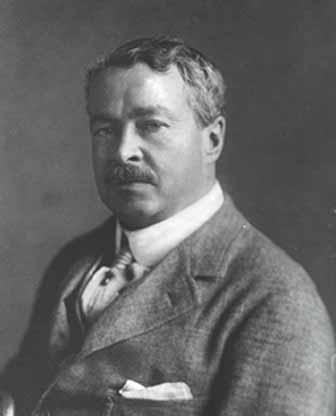
description
An American artist, illustrator, one of the most prominent representatives of American Impressionism. A member of the group «Ten American artists», which included progressive artists, opposing themselves to the official art and the academic society of American artists. He worked mainly in the technique of watercolor, though also created oil paintings. Childe Hassam was a master of the urban landscape. He left a heritage of a large number of works (more than 3000 paintings) and was very popular during his lifetime. The artist’s works adorn the White House; they are exhibits of leading museums and art galleries of the United States.
Key ideas:
– The work of Childe Hassam is an example of true American Impressionism. In his works, the artist used all the classical techniques of European Impressionists: the abundance of light and air, expressively saturated color gamut, refined strokes and special attention to the endlessly changing state of nature.
– At the same time, the master’s manner has its own features characterising only his works. First of all, it is the themes of works, most of which are urban landscapes. Hassam was not attracted to the idle life of the bourgeoisie and outdoor recreation; he preferred to depict the everyday city with a stream of pedestrians, horse-drawn carts, houses and growing skyscrapers of his native America.
– The artist also paid much attention to the marine theme. His series of paintings created on the island of Scholes attracts with freshness and optimism. They are made in a truly impressionistic spirit, attracting the attention to the light, color and shape and almost ignoring the plot.
– Childe Hassam achieved wide popularity thanks to the the series of works “Flags”. The picturesque works of this cycle have a patriotic sound, inspired by the beginning of the First World War. In the paintings by Hassam, the viewer will not see the soldiers and the battlefield. Flags, which are present in each of the 30 works of the cycle, are only a part of a quite peaceful urban panorama and are in the foreground in most of the paintings. One of the canvases of this series, «A boulevard in the rain», created in 1917, is in the Oval Office of the White House in Washington.
1859
1878
1882
1883
1886
1889
1897
1898
1906
1919
1935
The birth of the artist
Began attending evening classes at the Boston Art Club

Became a freelance illustrator at a Boston magazine
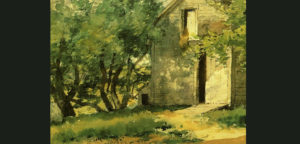
Visited Europe
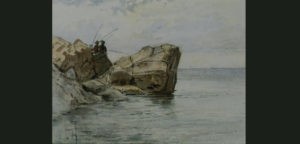
Hassam studied at the Julian Academy
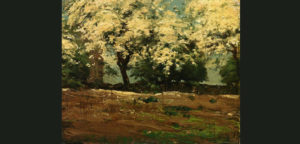
Took part in the World Exhibition

Entered the American Society of Artists

Became a member of the "Ten American Artists" group

Was elected to the National Academy
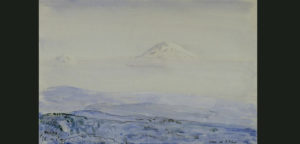
Settled in New York on Long Island
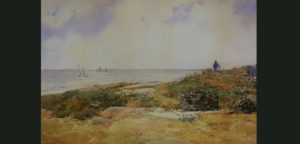
The death of the artist
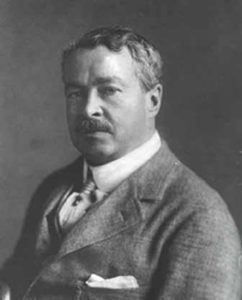
Frederick Childe Hassam
On Artist
flow
Impressionism
friends
Julian Alden Weir
John Henry Twachtman
Theodore Robinson
Edward Simmons
artists
William Turner
Claude Monet
Georges Seurat
McNeill Whistler
Auguste Renoir
Camille Corot
By Artist
flow
Impressionism
friends
Julian Alden Weir
Edmund Garrett
John Singer Sargent
artists
Maurice Prendergast
Edward Hopper
